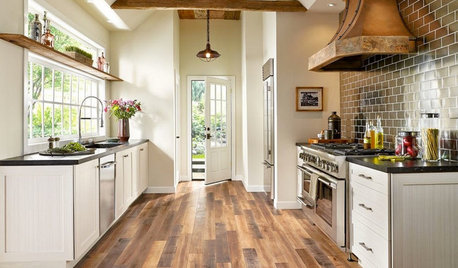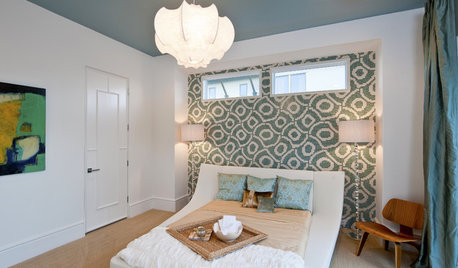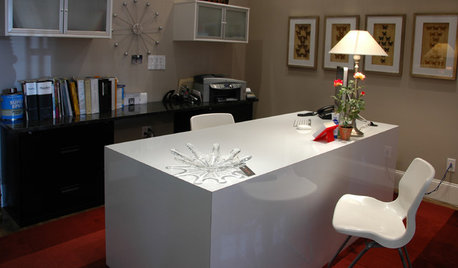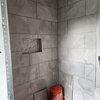Heated floor HELP- Bill V or other tile experts
marilyn234
13 years ago
Related Stories

MOST POPULARPros and Cons of 5 Popular Kitchen Flooring Materials
Which kitchen flooring is right for you? An expert gives us the rundown
Full Story
GREEN BUILDINGHouzz Tour: Passive House in Vermont Slashes Heating Bills
Its ecofriendly, low-maintenance design leaves a family with more time to relax and enjoy the weekend home
Full Story
BATHROOM DESIGNWarm Up Your Bathroom With Heated Floors
If your bathroom floor is leaving you cold, try warming up to an electric heating system
Full Story
FLOORSWhat to Ask When Considering Heated Floors
These questions can help you decide if radiant floor heating is right for you — and what your options are
Full Story
FLOORSFloors Warm Up to Radiant Heat
Toasty toes and money saved are just two benefits of radiant heat under your concrete, wood or tile floors
Full Story
GREAT HOME PROJECTSHow to Add a Radiant Heat System
Enjoy comfy, consistent temperatures and maybe even energy savings with hydronic heating and cooling
Full Story
FLOORSIs Radiant Heating or Cooling Right for You?
Questions to ask before you go for one of these temperature systems in your floors or walls (yes, walls)
Full Story
SELLING YOUR HOUSE10 Tricks to Help Your Bathroom Sell Your House
As with the kitchen, the bathroom is always a high priority for home buyers. Here’s how to showcase your bathroom so it looks its best
Full Story
REMODELING GUIDES9 Expert Tips for Creating a Basement Bedroom
Put overnight guests up in comfort or enjoy the bonus bedroom yourself with this professional advice for converting your basement
Full Story
HOME OFFICESExpert Talk: 11 Desk Designs That Really Work It
Boring or inadequate desks don't cut it for productivity in a home office. File these desk designs and expert insight under "To Do"
Full StoryMore Discussions








bill_vincent
marilyn234Original Author
Related Professionals
Portland Kitchen & Bathroom Designers · Williamstown Kitchen & Bathroom Designers · Normal Kitchen & Bathroom Remodelers · Avondale Kitchen & Bathroom Remodelers · Folsom Kitchen & Bathroom Remodelers · Shawnee Kitchen & Bathroom Remodelers · Winchester Kitchen & Bathroom Remodelers · Issaquah Glass & Shower Door Dealers · Brea Cabinets & Cabinetry · Homer Glen Cabinets & Cabinetry · Hopkinsville Cabinets & Cabinetry · Kentwood Cabinets & Cabinetry · Sunrise Manor Cabinets & Cabinetry · Littleton Window Treatments · Winter Garden Window Treatmentsdavidro1
cat_mom
bill_vincent
johnfrwhipple
davidro1
marilyn234Original Author
davidro1
cat_mom
marilyn234Original Author
cat_mom
bill_vincent
davidro1
riverspots
johnfrwhipple
marilyn234Original Author
cat_mom